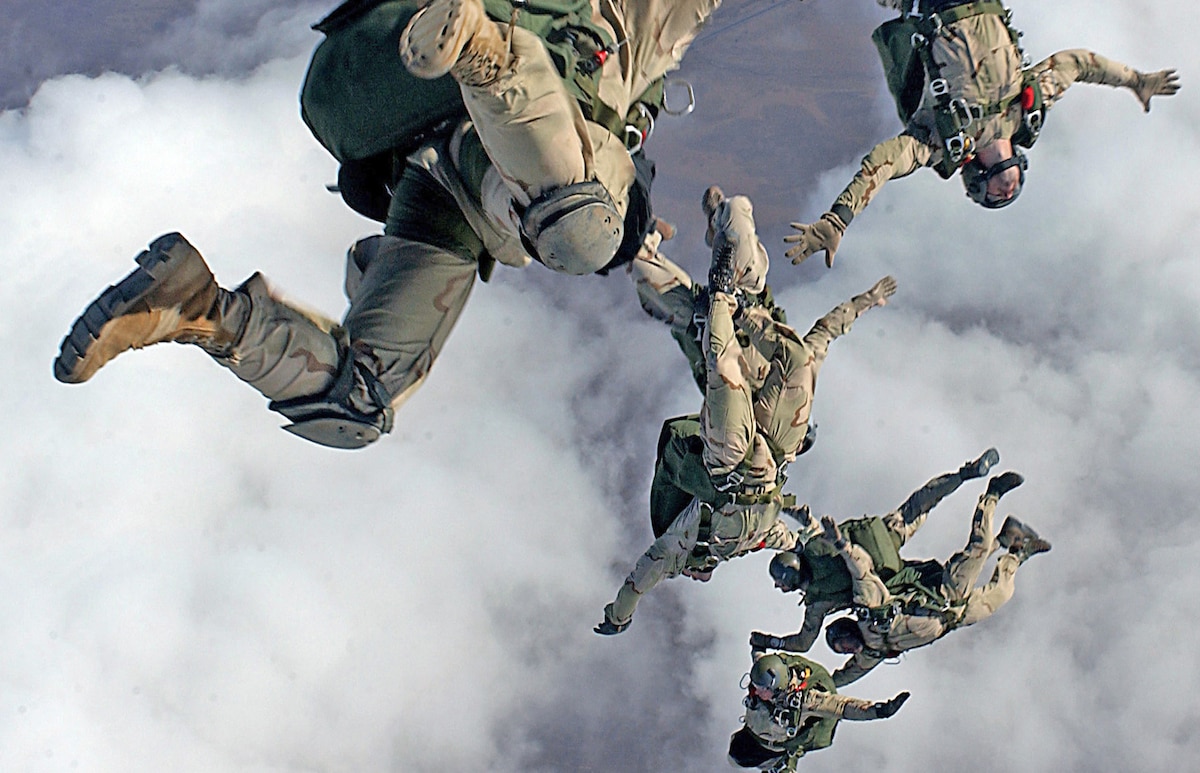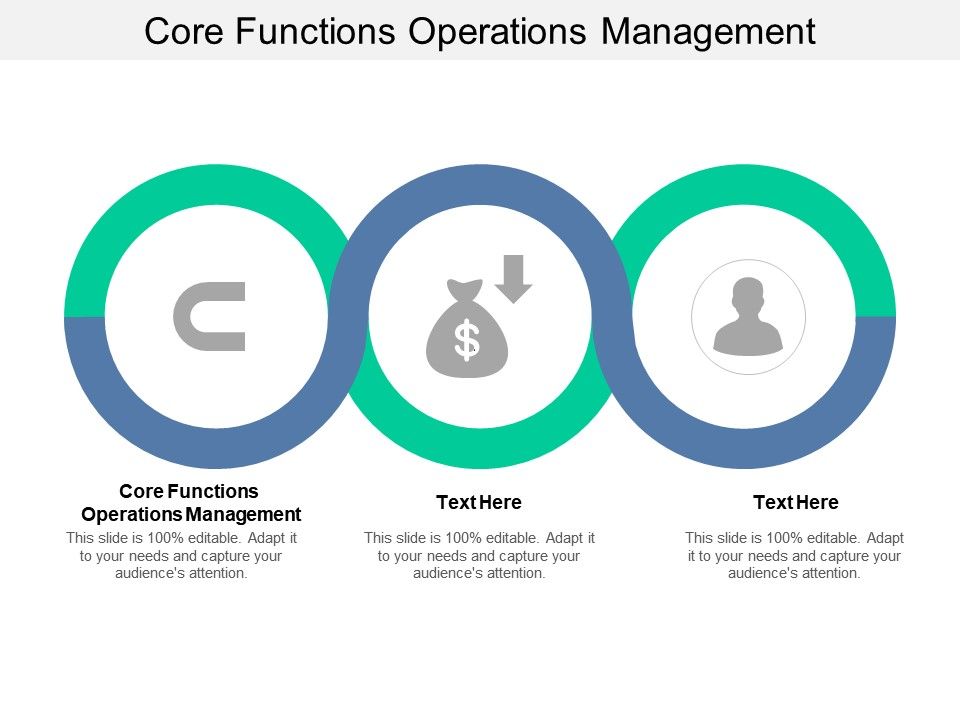5 Air Force Core Functions

Air Force Core Functions: An Overview

The Air Force is a vital component of a country’s defense system, providing airpower to protect national interests and maintain global stability. The Air Force’s core functions are designed to achieve these objectives, and they can be broadly categorized into five key areas. In this article, we will delve into each of these core functions, exploring their significance and the role they play in ensuring national security.
1. Air and Space Superiority

The first core function of the Air Force is to achieve and maintain air and space superiority. This involves gaining control of the air and space domains, allowing the Air Force to conduct operations without interference from enemy forces. Air superiority is critical in modern warfare, as it enables the Air Force to provide close air support to ground troops, conduct reconnaissance, and transport personnel and equipment. The Air Force achieves air superiority through a combination of fighter aircraft, air defense systems, and electronic warfare capabilities.
2. Intelligence, Surveillance, and Reconnaissance (ISR)

The second core function of the Air Force is to provide intelligence, surveillance, and reconnaissance (ISR) capabilities. ISR involves collecting and analyzing data to support military operations, providing critical information on enemy forces, and identifying potential threats. The Air Force conducts ISR operations using a range of platforms, including satellites, unmanned aerial vehicles (UAVs), and manned aircraft. This information is then used to inform command decisions, plan operations, and execute missions.
3. Rapid Global Mobility

The third core function of the Air Force is to provide rapid global mobility. This involves transporting personnel, equipment, and supplies quickly and efficiently across the globe, supporting military operations and humanitarian missions. The Air Force achieves rapid global mobility through its airlift and air refueling capabilities, which enable it to project airpower anywhere in the world. This core function is critical in responding to emerging crises, supporting allies, and maintaining a global presence.
4. Global Strike

The fourth core function of the Air Force is to conduct global strike operations. This involves using airpower to attack enemy targets, disrupt command and control systems, and degrade enemy capabilities. The Air Force conducts global strike operations using a range of platforms, including bomber aircraft, fighter aircraft, and missiles. This core function is critical in deterring aggression, supporting coalition operations, and protecting national interests.
5. Command and Control

The fifth and final core function of the Air Force is to provide command and control capabilities. This involves exercising command and control over air and space operations, coordinating with other military branches, and integrating airpower into joint operations. The Air Force achieves command and control through its communications networks, command centers, and planning systems. This core function is critical in ensuring that airpower is used effectively and efficiently, supporting military operations, and achieving strategic objectives.
💡 Note: These core functions are not mutually exclusive, and they often overlap or intersect in complex ways. The Air Force must be able to conduct multiple core functions simultaneously, adapting to changing circumstances and emerging challenges.
In summary, the five core functions of the Air Force are designed to achieve national security objectives, protect national interests, and maintain global stability. By understanding these core functions, we can appreciate the critical role that the Air Force plays in modern warfare and the importance of airpower in achieving strategic objectives.
As we reflect on the significance of these core functions, it becomes clear that the Air Force is a vital component of a country’s defense system, providing the airpower necessary to protect national interests and maintain global stability. The Air Force’s ability to achieve air and space superiority, provide intelligence, surveillance, and reconnaissance, transport personnel and equipment rapidly across the globe, conduct global strike operations, and exercise command and control over air and space operations makes it an indispensable instrument of national power.
What are the primary objectives of the Air Force’s core functions?

+
The primary objectives of the Air Force’s core functions are to achieve national security, protect national interests, and maintain global stability.
How does the Air Force achieve air superiority?

+
The Air Force achieves air superiority through a combination of fighter aircraft, air defense systems, and electronic warfare capabilities.
What is the significance of the Air Force’s global strike capability?

+
The Air Force’s global strike capability is significant because it enables the Air Force to attack enemy targets, disrupt command and control systems, and degrade enemy capabilities, deterring aggression and supporting coalition operations.



